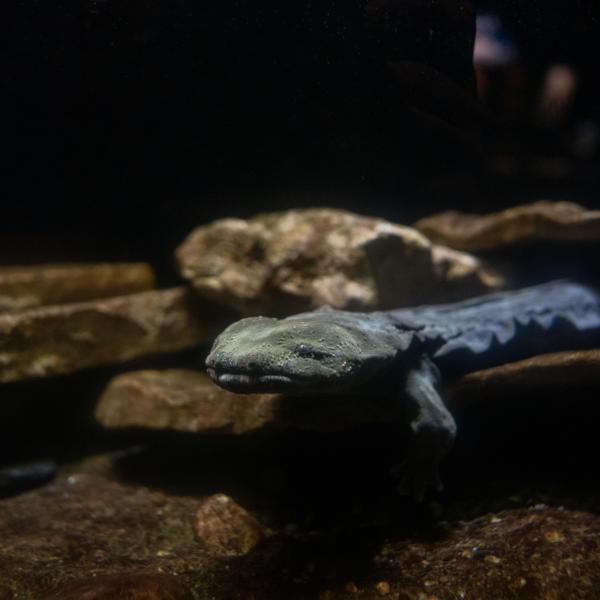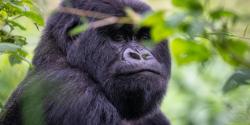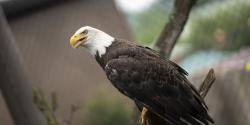Hellbenders are completely aquatic salamanders that mostly breathe through their moist, wrinkly skin, which helps them absorb more oxygen from the quick-moving streams they call home. These adaptations have led to some colorful nicknames, including "snot otters" and "lasagna lizards”.
Hellbenders are a major indicator of the overall health of a river or stream. Where you find healthy hellbenders, you find healthy waterways! In Ohio, eastern hellbenders are listed as an endangered species due to habitat loss and degradation.
At the Columbus Zoo, we’re dedicated to the conservation of eastern hellbenders, specifically through our participation in The Association of Zoos and Aquariums' (AZA) Saving Animals from Extinction (SAFE) program and by supporting the Ohio Hellbender Partnership.
Scientific Name: Cryptobranchus alleganiensis alleganiensis
Conservation Status: Vulnerable
Size: Adults generally range from 12 to 27 inches in length
Weight: Up to 2 pounds
Median Life Expectancy:














